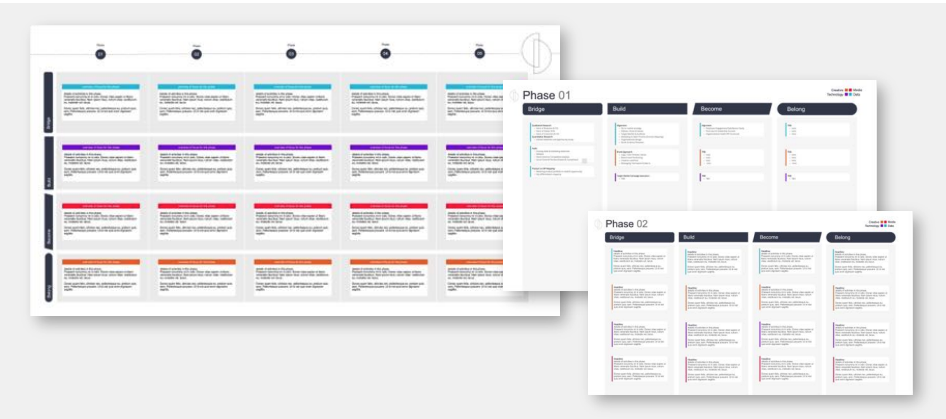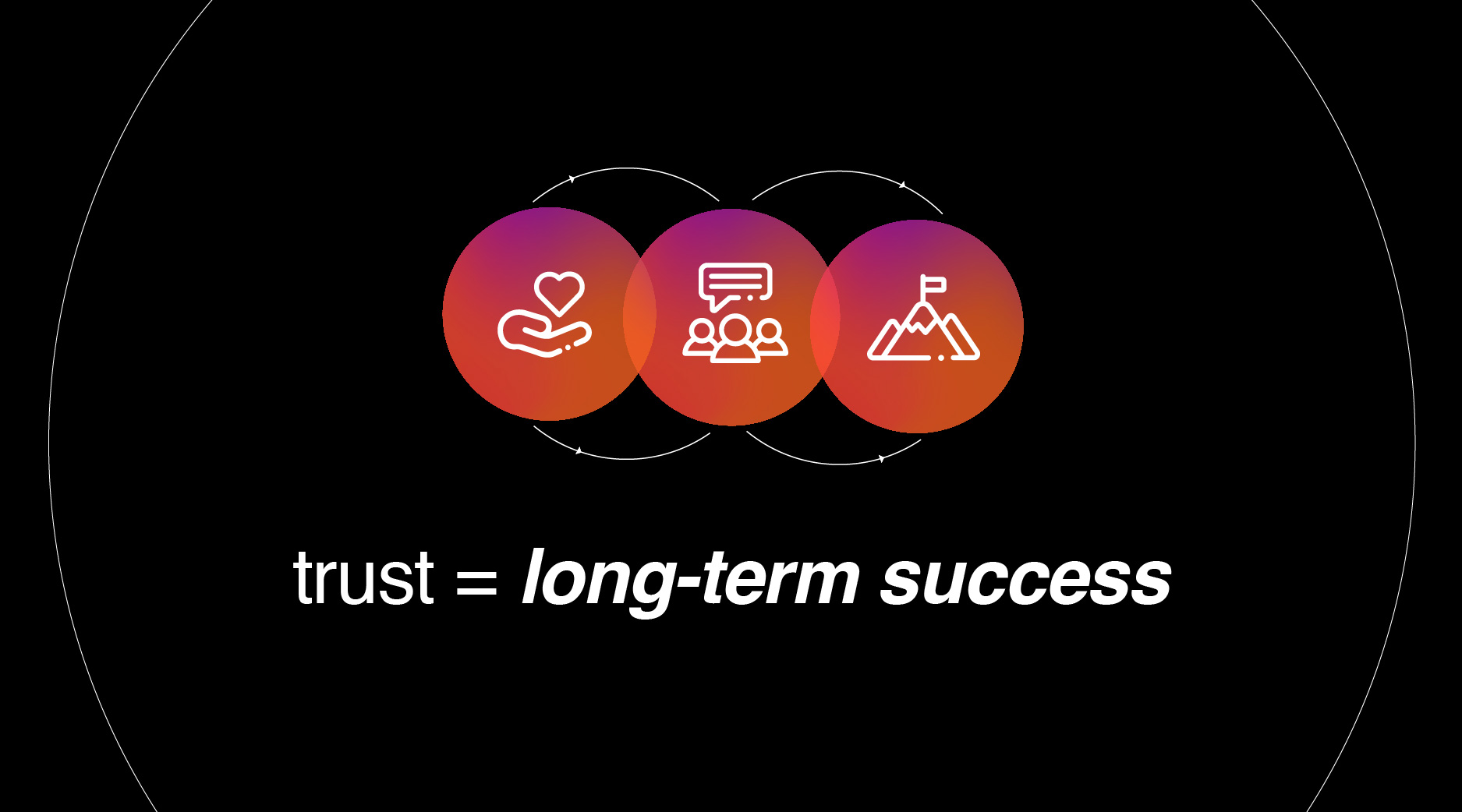Long-term planning can feel overwhelming, especially in today’s fast-paced environment where quick wins often take priority. However, the key to sustained success lies in thinking beyond the typical annual planning cycle. At Simantel, we’ve found that a well-structured three-year roadmap is crucial for keeping marketing strategies on track and within budget. Here’s how we learned the value of long-term planning and why it’s now a central part of our approach.
Learning the Value of Long-Term Thinking
Several years ago, Simantel engaged a growth consultant to help assess where the agency could provide even more value to our clients. One of the most important takeaways from that engagement was that our thinking was often too short-term. We learned that achieving meaningful, lasting impact often requires a timeline that extends beyond a typical 12-month planning cycle. This insight was particularly relevant because many of our clients don’t have a clear understanding of their available budgets and goals until well into Q1. By then, they are often under pressure to deliver results before the end of Q4, only to begin the budgeting cycle all over again.
We quickly realized that shifting to longer-term thinking would be a challenge. Most of our processes and planning templates were built around the traditional 12- to 18-month cycle that many businesses follow. However, as an agency committed to pushing boundaries and creating meaningful impact, we knew it was time to rethink our approach.
Related Content: Forecasting and Futures Thinking to Impact the Present
Slow and Steady Wins the Race
One of Simantel’s first attempts at implementing a three-year roadmap involved a healthcare client seeking to overhaul their tech stack, update their website and improve their overall customer experience through data. It was a massive undertaking. So we turned to the “crawl, walk, run” model and began with basics. Once those were mastered, we moved on to more complex ideas/tasks before finally transitioning into a phase of full mastery. We used this approach to map out the activities required to achieve success across three core areas:
- Strategy – The big ideas that required executive team alignment and long-term vision.
- Activation – The tactical, hands-on work that could run parallel to strategic planning.
- Management – The operational aspects that are often overlooked, such as evolving team structures and processes to match new technology implementations.
As we evaluated the list of activities and compared them to the client’s internal resources, it became clear that rushing would be a mistake. Instead, the focus was placed on “doing it right” and helping the client explain the full scope of the initiative to their leadership team. This approach ensured that the project would be sustained and fully funded over the long term.

Mapping What’s Possible: Partnering for Long-Term Success
The power of a roadmap isn’t just in laying out the required steps—it’s about expanding what’s possible. For instance, we recently worked with an Argentinian company looking to launch an exclusive product in the U.S. market. Though their current U.S. operations were small, the company had a bold vision for scaling its product lines and market reach over the next three years. They needed a partner willing to grow with them on that journey. Given Simantel’s focus on building long-term relationships between brands and their customers, this was a perfect fit. We developed a roadmap that leveraged present-day data and insights to help the client achieve their larger vision.
Related Content: Making the Case for Marketing Programs
Cost Modeling: Planning for Future Growth
Another advantage of a three-year roadmap is the ability to perform detailed cost modeling for clients. As each phase of a project is mapped out, we help clients understand where costs will decrease—such as reduced spending on technology and infrastructure—and where they are likely to increase, such as in human resources as the business scales. This kind of planning positions Simantel as a steward of our clients’ budgets, managing resources as if they were our own. It allows clients to anticipate financial needs over time, rather than being caught off guard by unplanned expenses.
The Marketing Maturity Roadmap: A Journey to Growth
One of the most exciting parts of building a roadmap is helping clients level up their marketing maturity. We’ve developed a “Marketing Maturity Roadmap” that aligns with a three-year timeline. This roadmap often starts by addressing the foundational elements of a client’s marketing needs: defining goals, ensuring brand standards are in place and gaining organizational alignment. Over time, this roadmap evolves into a more sophisticated, full-funnel digital marketing strategy. By the end of three years, we aim to deliver fully orchestrated, personalized, omnichannel experiences for the client’s customers.
What’s most rewarding about this process is seeing a client’s dreams and ambitions laid out in a clear, actionable plan—and then watching as those goals are achieved. The thrill of looking back after three years and seeing just how far a client has come is unmatched.
Related Content: River Valley Pipe Case Study
Why Long-Term Roadmaps Matter
Building a three-year roadmap isn’t just about planning ahead—it’s about unlocking possibilities. It’s about moving beyond short-term fixes and toward long-lasting solutions that drive growth. Simantel believes in helping our clients envision what’s possible and then working alongside them to make it happen. By creating collaborative, cost-conscious and data-driven roadmaps, we help clients achieve meaningful results, year after year.
If your business is ready to start thinking long-term and explore how a three-year roadmap could transform your strategy, reach out. We’d love to chat. Together, we can build a strategy that keeps you on track, on budget and set up for sustained success.




